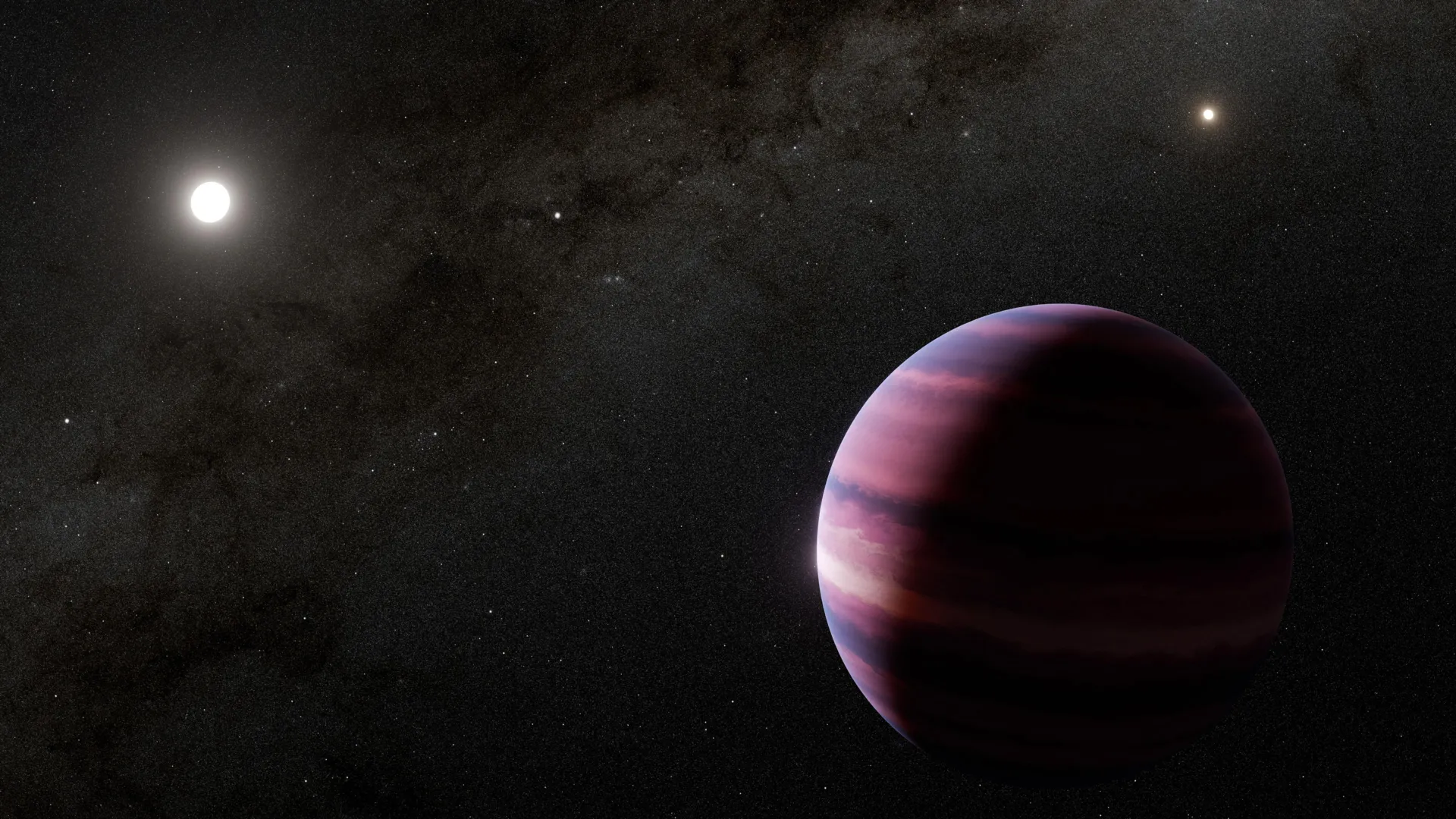Now Reading: Nearby Planet’s Mysterious Disappearance Puzzles Astronomers
-
01
Nearby Planet’s Mysterious Disappearance Puzzles Astronomers
Nearby Planet’s Mysterious Disappearance Puzzles Astronomers

Quick Summary
- Astronomers using NASA’s James Webb Space Telescope have found strong evidence of a gas giant planet orbiting Alpha Centauri A, located 4 light-years from Earth, making it the closest potential exoplanet to our solar system.
- The Alpha Centauri system includes a binary pair (Alpha Centauri A and B) and Proxima Centauri, with three confirmed planets around Proxima. However,finding planets around Alpha centauri A or B has been challenging due to their brightness and rapid sky movement.
- Webb’s Mid-Infrared Instrument (MIRI) detected an object about 10,000 times fainter than Alpha Centauri A in August 2024 but subsequent observations in February and April 2025 failed to confirm its presence.
- Simulations suggest the candidate planet might follow an elliptical orbit that sometiems moves to close to its host star for Webb to detect it consistently.
- researchers estimate the potential planet could be a gas giant similar in mass to Saturn with an orbit ranging between one and two times the Sun-Earth distance. Its existence challenges current models of planetary formation around binary systems.
- If confirmed, this would mark critically important progress for direct exoplanet imaging efforts-providing unique insights into planetary systems near Earth-and could serve as a key object for future research by both Webb and upcoming missions like NASA’s Nancy Grace Roman Space telescope.
Indian Opinion Analysis
The discovery of what may be a giant exoplanet within Earth’s stellar neighborhood is of particular meaning not only for global astronomy but also as an inspiration for India’s own burgeoning space science programs such as ISRO’s exoplanet research initiatives conducted through missions like AstroSat or proposed projects such as ExoWorlds. This detection underscores the transformative role advanced tools like infrared imaging (utilized here by James Webb) can play in characterizing distant worlds-a technological capability India might aim to integrate into long-term scientific ambitions.
For Indian scientists eyeing collaborations on international space telescopes or innovating next-generation observatories domestically,lessons from overcoming challenges such as observing radiant binaries could inform instrument designs better suited for targeted detection goals under India’s skies or southern observatory zones.
If validated via further research collaborations globally-perhaps even involving contributions from growing spacefaring nations-this nearby celestial laboratory has the potential to generate interdisciplinary pathways benefiting astronomy hubs worldwide while cultivating domestic expertise aligned with emergent global fields crucially interlinked_mass opportunities beyond science storytelling már Hoax suppressed closure Repeat


























